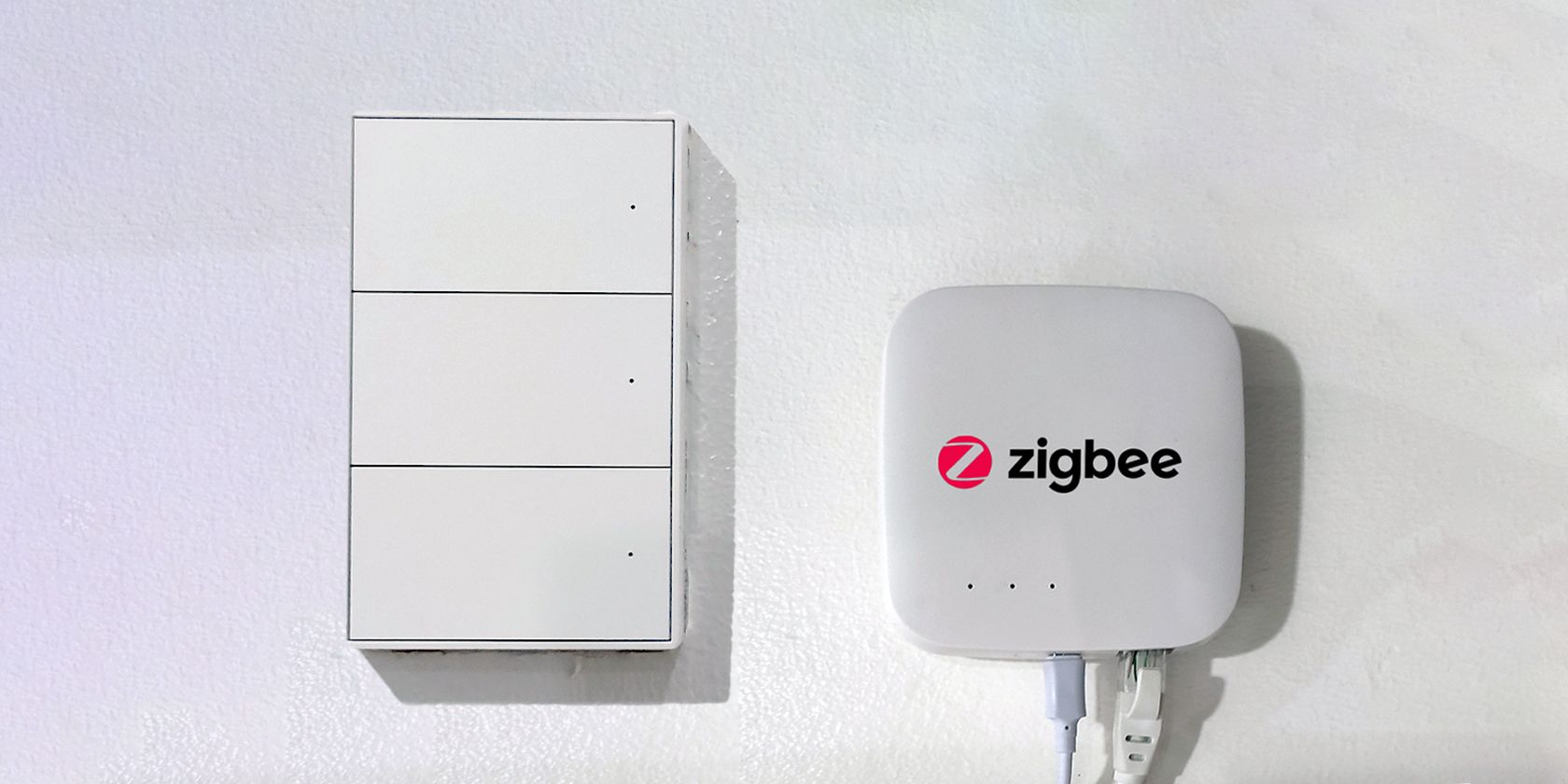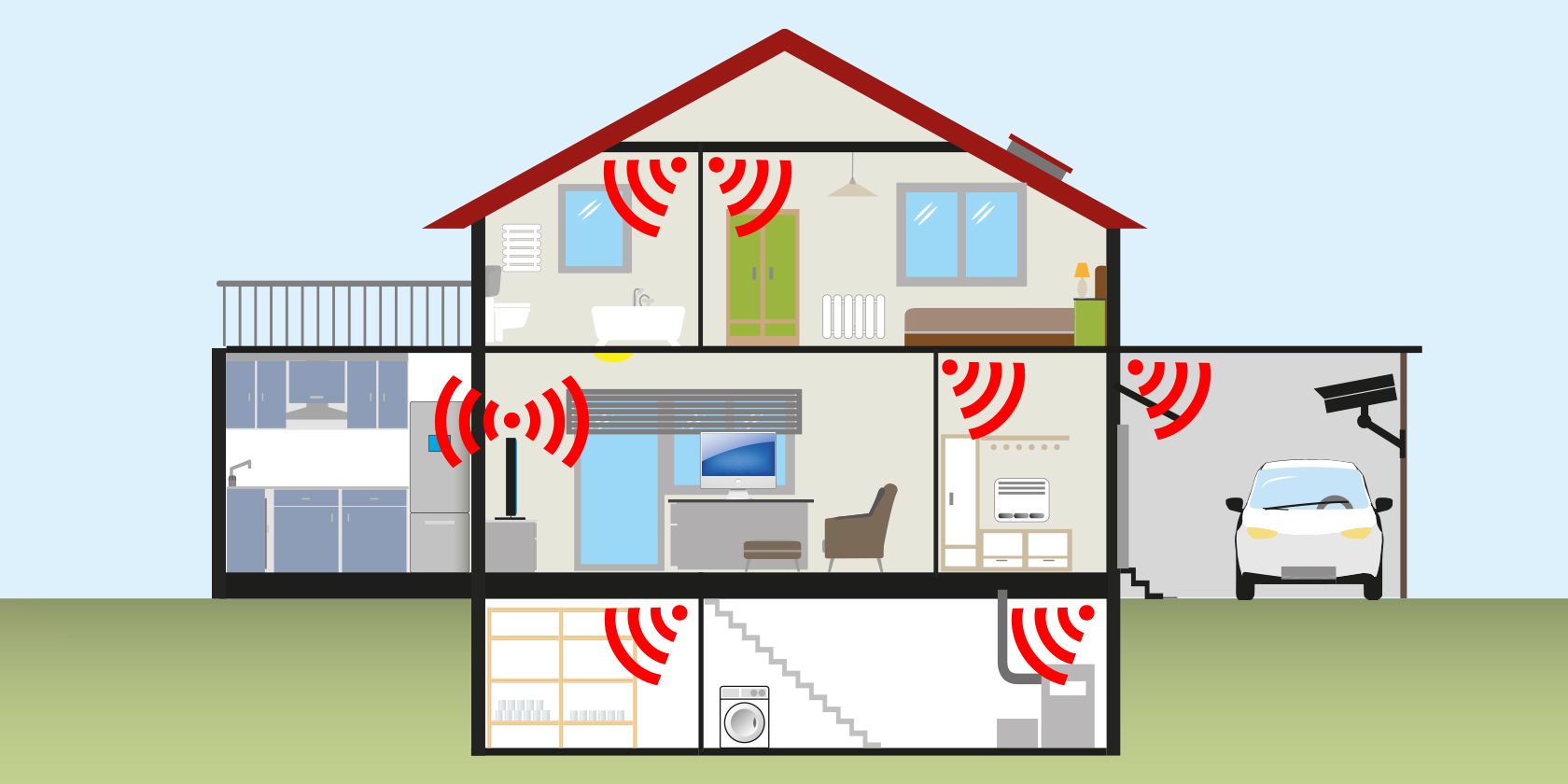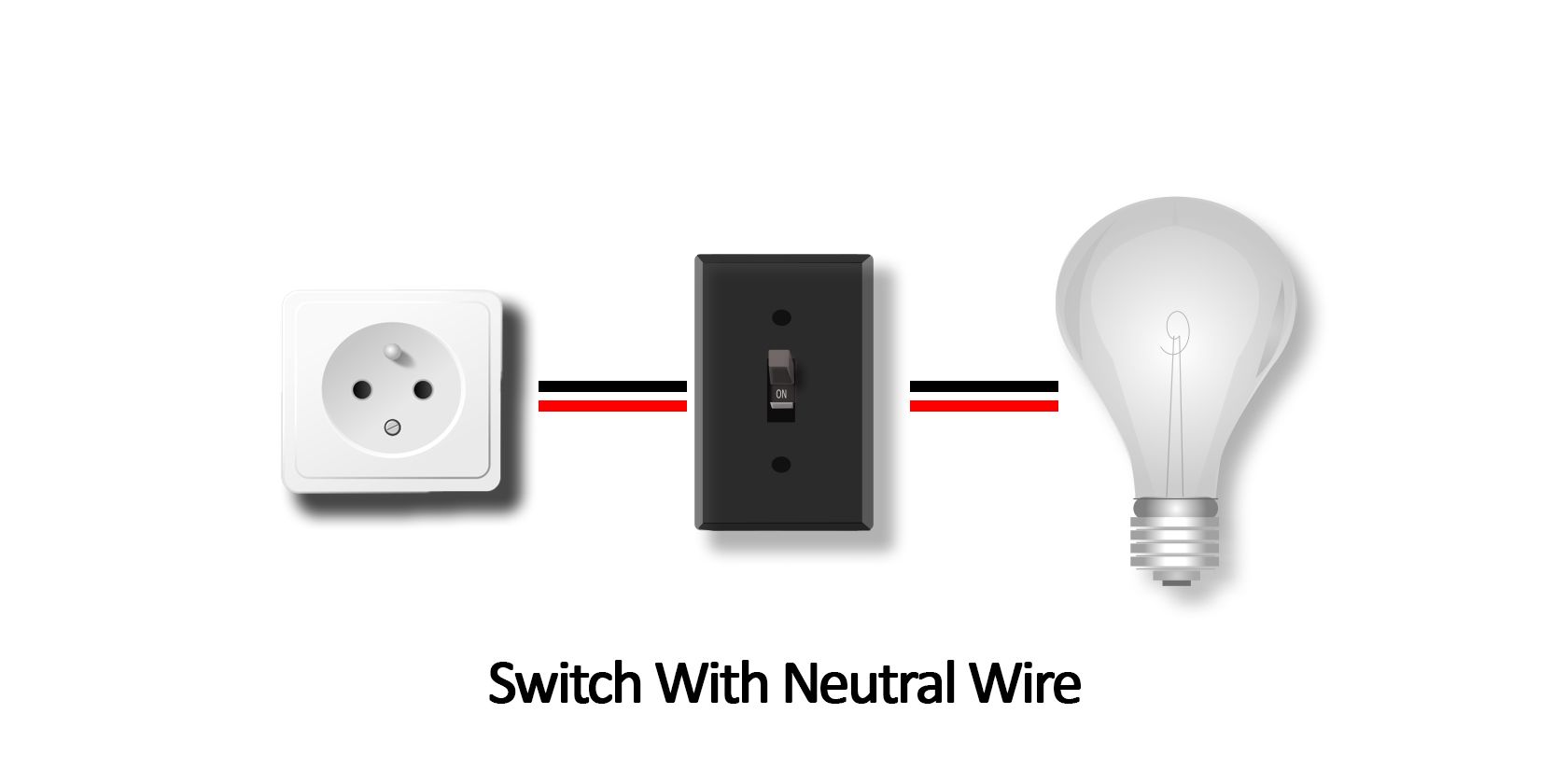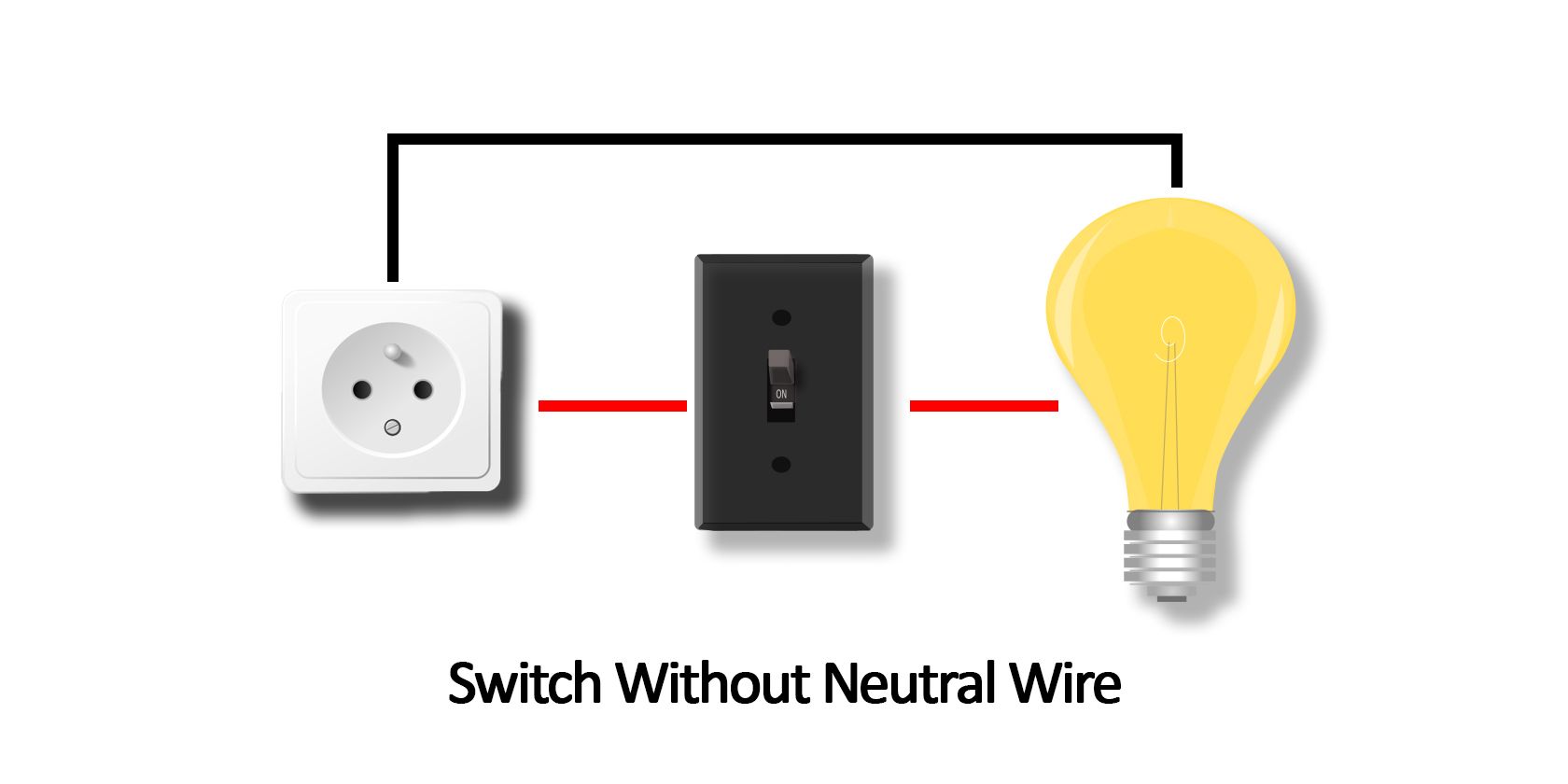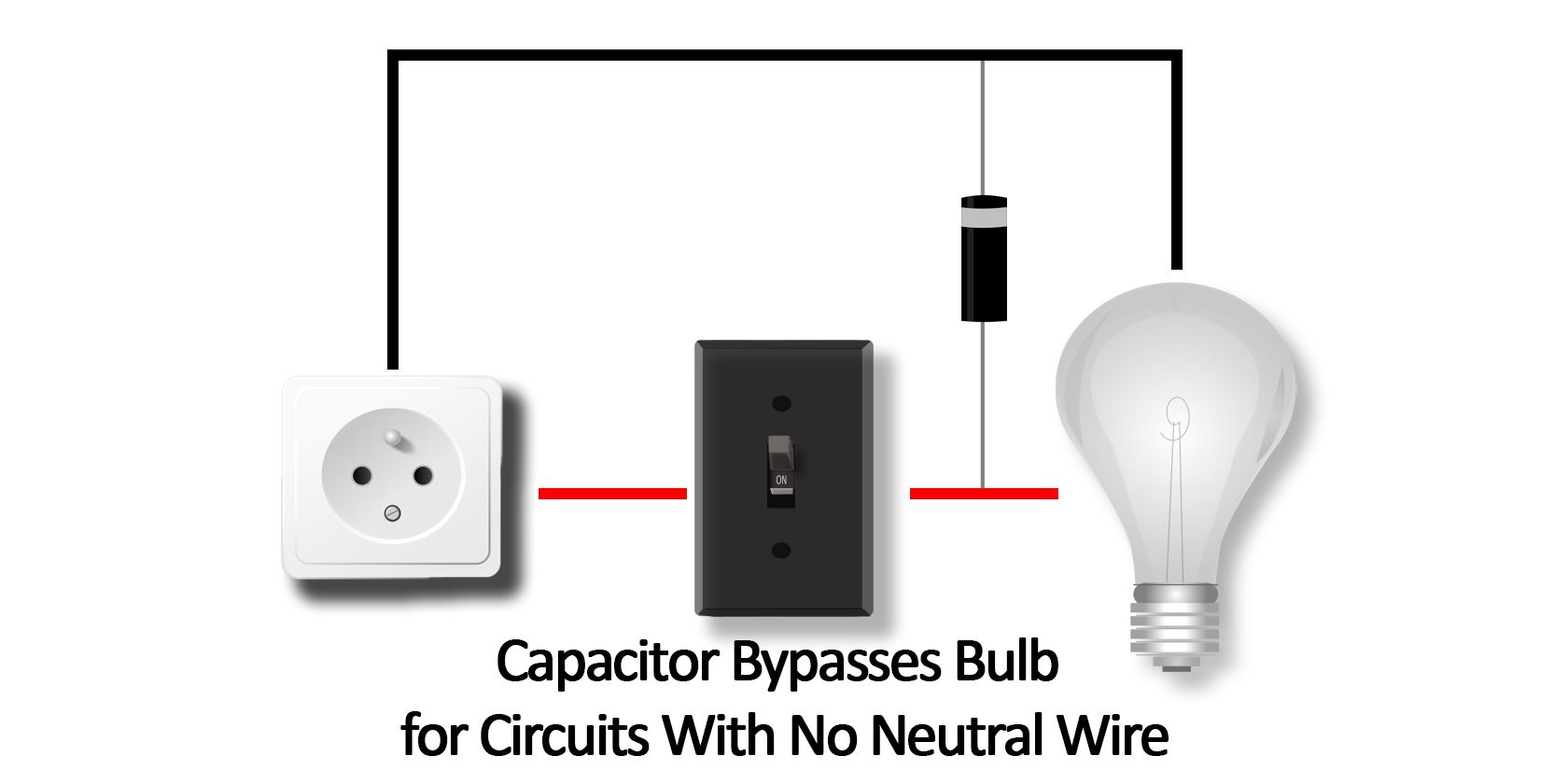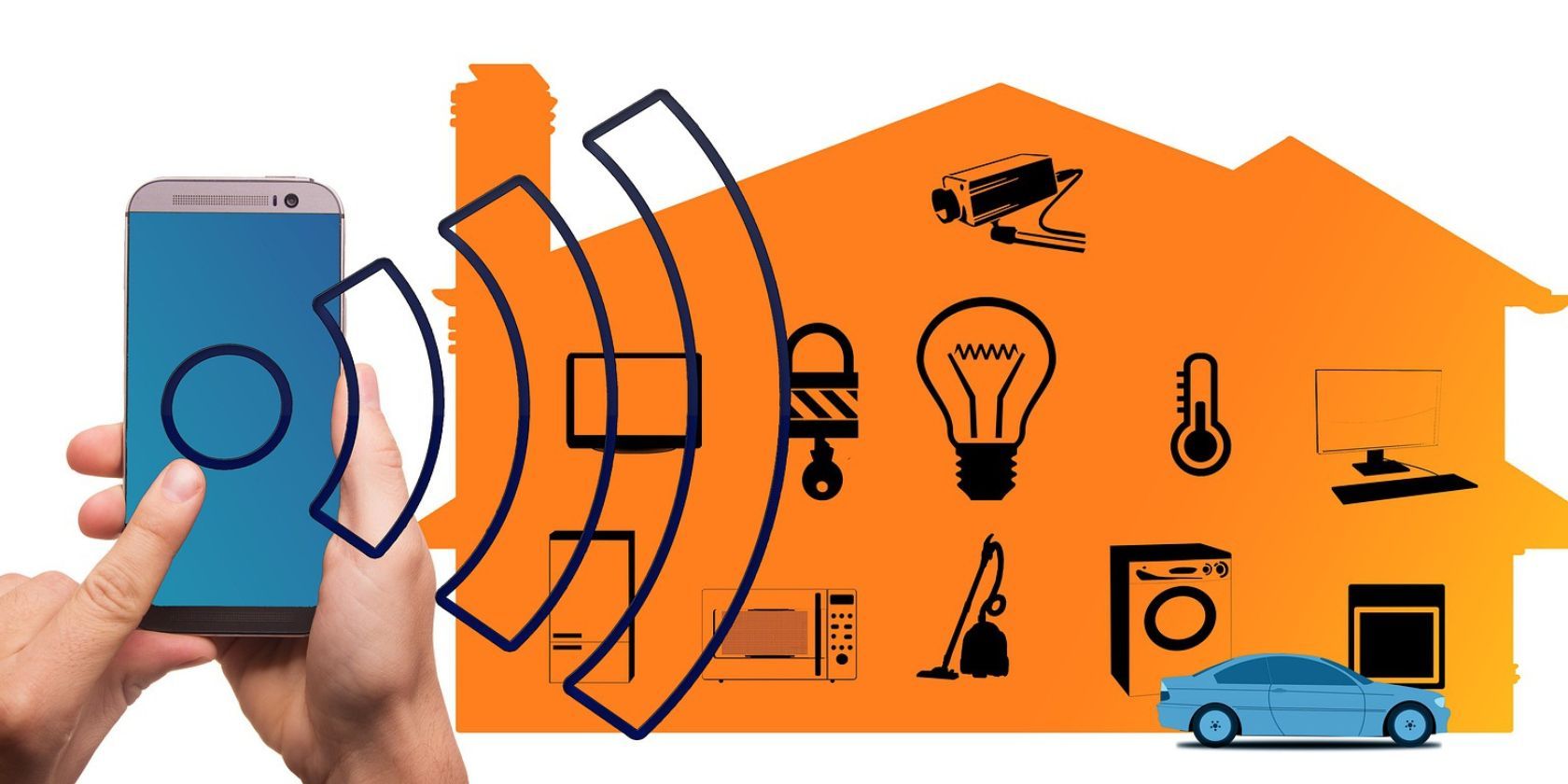If you're browsing for smart home devices, you'll probably see some of them sporting the Zigbee logo. But what is Zigbee? And do you need it to have a smart home network?
So, before you get started on building your smart home, here's a primer on Zigbee and how it allows your smart home devices to communicate with each other.
What Is Zigbee?
Many companies create various devices for your smart home. For example, you can buy smart bulbs from Philips Hue, smart speakers from Amazon, and the best smart dimmer switches from different brands. However, how do you ensure that all three devices will work well together?
This is where Zigbee comes in. Zigbee is a low-power, wireless smart home protocol. It allows various smart devices, like smart switches, smart plugs, smart bulbs, and even smart appliances, to talk to each other.
Since Zigbee is a protocol, different companies can have their smart devices Zigbee-certified. So, even if you're using smart devices from different brands, you're ensured they can talk to each other—you're not limited to a single brand when building your smart home.
And because of its low power consumption, some manufacturers prefer Zigbee over other communications protocols, like Bluetooth Low Energy or Wi-Fi. Furthermore, it's secured with 128-bit symmetric encryption, helping ensure that your smart home isn't vulnerable to unauthorized access.
More than that, the Zigbee protocol forms a mesh network, ensuring that all your devices can communicate with each other, even if they're not within range of a Zigbee hub. Nevertheless, a Zigbee-powered network requires at least one hub to act as an intermediary between your router and the other Zigbee devices in your home.
How Does Zigbee Work?
When installing a Zigbee device for the first time, you must ensure that you have a Zigbee smart home hub that will communicate with it. The Zigbee hub will create the Zigbee network, which allows all Zigbee devices to connect to your smart home network, like Google Home, Amazon Alexa, or Samsung SmartThings.
However, unlike your Wi-Fi network, which requires your device to be in the range of your wireless router or access point to connect, Zigbee networks have a peer-to-peer connection.
For example, suppose you place your Zigbee hub in your living room. If you have Zigbee smart switch in your garage, but it's out of range of your living room Zigbee hub, you don't need to install another hub. Instead, install a Zigbee smart switch between your garage and the living room, like the kitchen, allowing it to extend your Zigbee hub's range into the former.
Zigbee easily creates a smart home network in your house by creating a mesh network. Each Zigbee device can also act as a router, negating the need for multiple Zigbee hubs or access points. This system is unlike Wi-Fi, which requires a new access point or mesh router as soon as one part of your house is out of its range.
So, if all the switches in your house are Zigbee smart switches, it effectively adds a Zigbee router in every room. And in case one Zigbee device fails, all the other devices connected to it will connect to another Zigbee router in range, ensuring a robust smart home network.
How Zigbee Smartens Old Houses
Smart switches that connect directly to your Wi-Fi network (thus negating the need for a Zigbee hub) use more power than Zigbee switches. If your house has a neutral line, the smart switch will use that to power itself without drawing power through the light bulb it controls.
However, the smart switch will have to draw power through the light bulb if your home does not have a neutral line. Since the Wi-Fi module requires substantially more power than Zigbee systems, the power it draws through the light bulb will be enough to turn it on.
To fix this, you can place a capacitor between the hot (live) wire and the ground wire to bypass the bulb. However, this requires additional and specialized work. While you can easily do this for just one switch, it can become tedious and expensive if you plan to smarten all your bulbs.
That's why it's easier to set up Zigbee-powered smart switches for homes without a neutral line.
Wi-Fi Versus Zigbee
Even if your home is more recent and has a neutral wire, you may want to consider using the Zigbee protocol for your smart home. That's because Zigbee uses less electricity—between 50% to 90% more efficient than Wi-Fi, according to a report by C&T RF Antennas.
It also relies on mesh networking, ensuring that your Zigbee device connects to all other Zigbee devices within its range. This ensures that even if one Zigbee connection node fails, your smart Zigbee devices will still function as long as they can find a connection to your Zigbee hub.
However, you should note that battery-powered devices usually cannot act as a node to save power. That means it can only communicate with your other Zigbee devices for its purpose—it cannot pass on messages to other Zigbee devices connected to it.
Furthermore, Zigbee devices also only have low bandwidth. It can only handle 250 kbps, making it suitable only for short bursts of instruction.
What Are the Usual Zigbee Devices?
Aside from smart switches, battery-powered sensors and switches are usually the best applications for Zigbee devices. Because of its low power consumption, it can make devices that do not require high bandwidths (like sensors) last for months between charges.
But if you have a device that requires more data, like smart appliances, smart scales, and security cameras, it most likely won't work on a Zigbee network.
Use Zigbee as the Backbone of Your Smart Home Network
Zigbee is an excellent solution for building your smart home network. With the Zigbee protocol, you will have a robust and reliable smart home, ensuring you can reliably control your smart devices wherever you are.
So, if you're turning your old house into a modern smart home, consider using Zigbee devices for your switches and other low-powered smart devices. Nevertheless, whatever system you choose, you should plan your smart home well before even making a purchase. That way, you won't encounter any surprises when installing your new smart devices.

